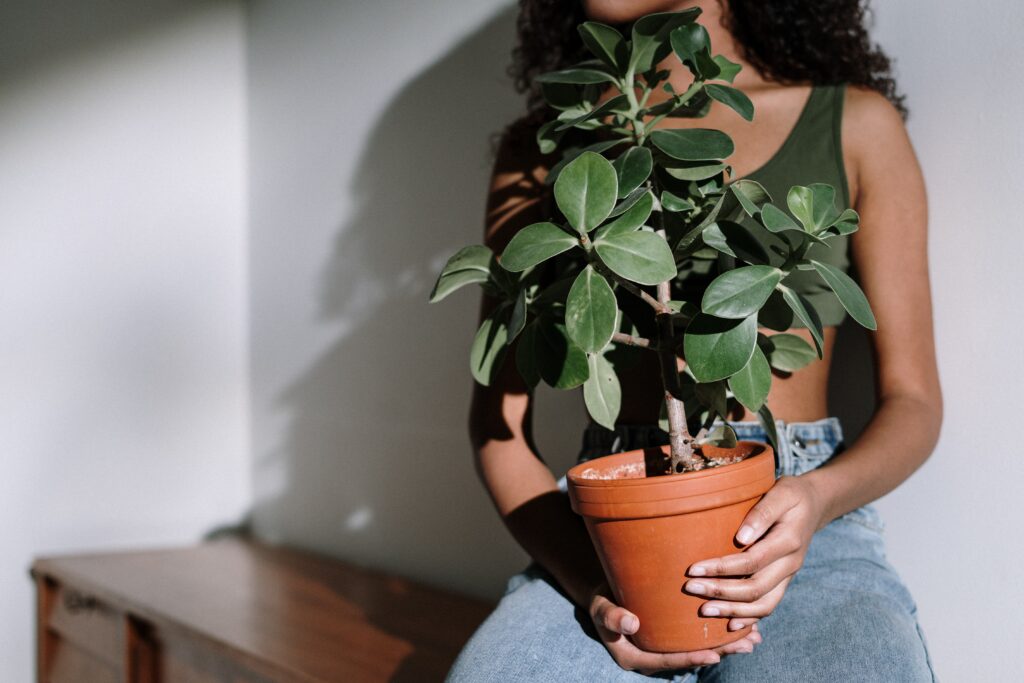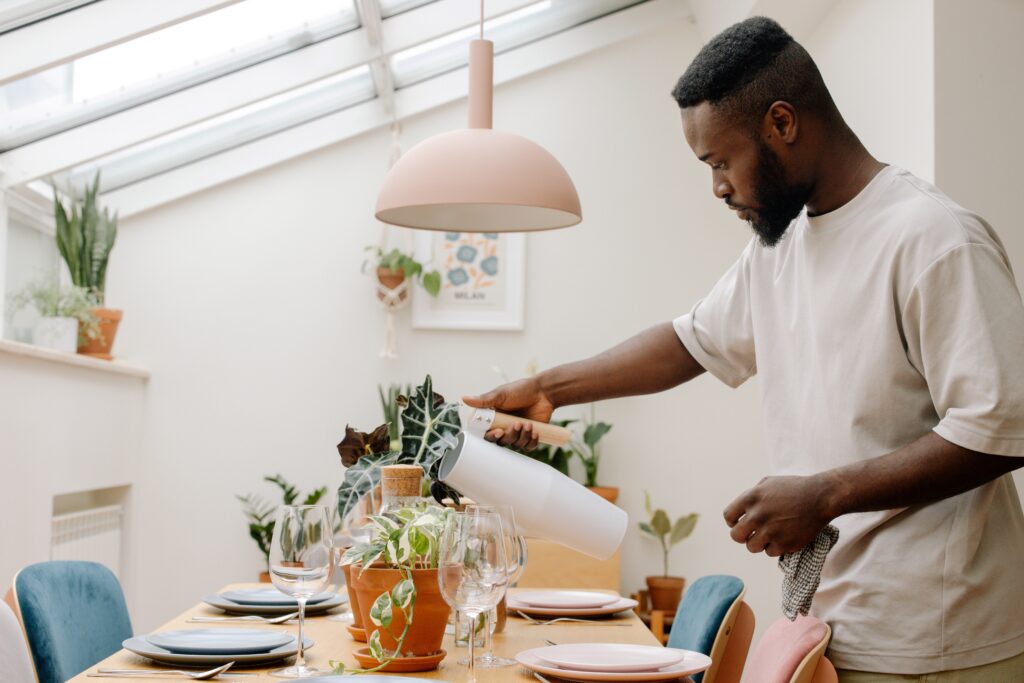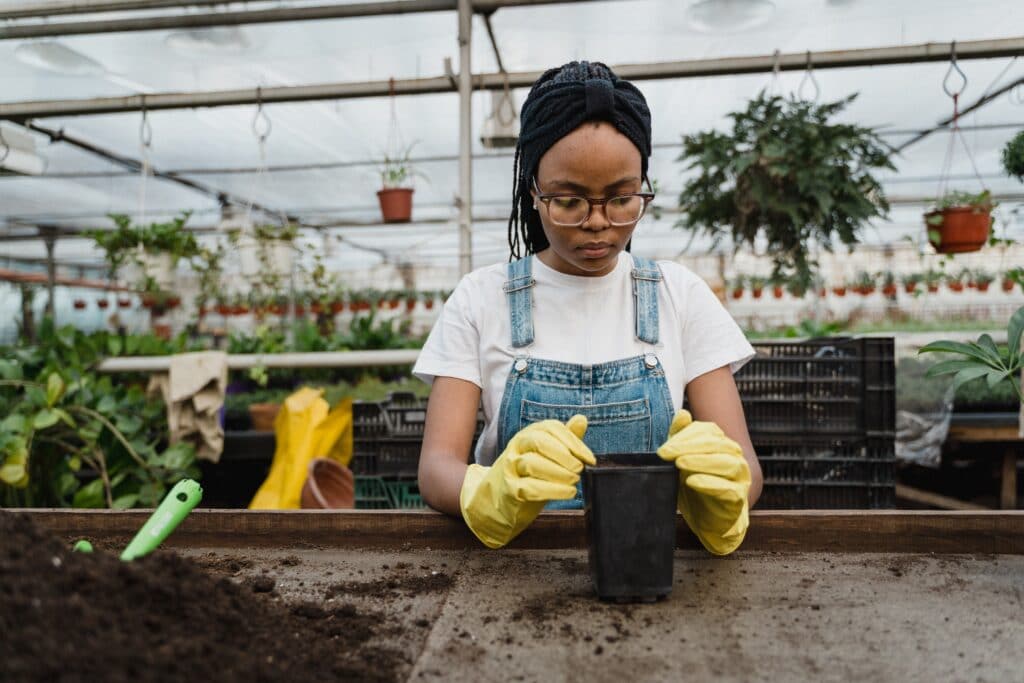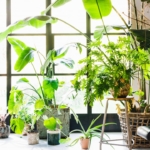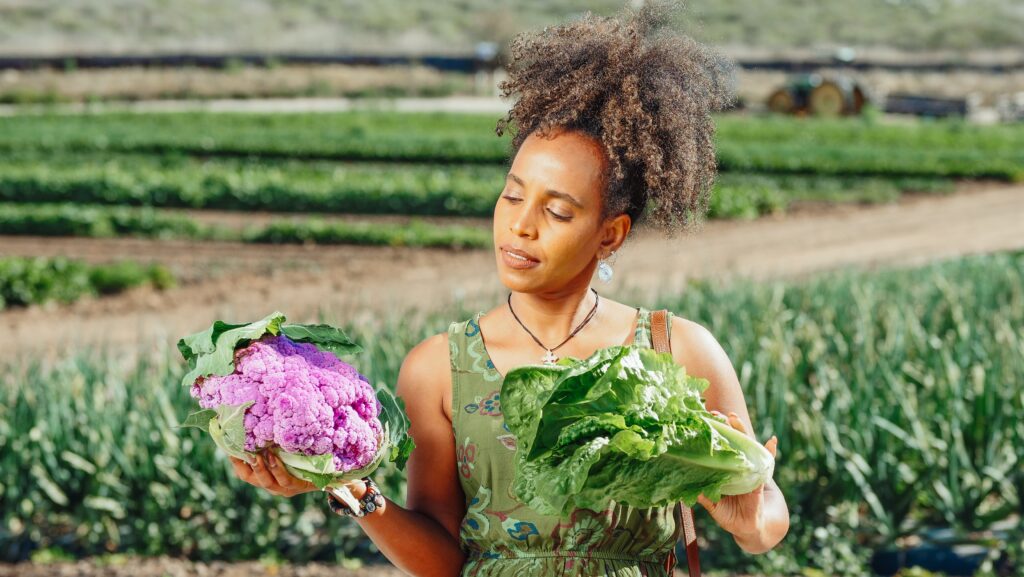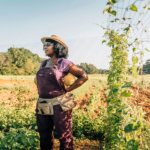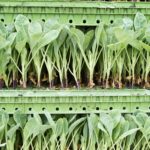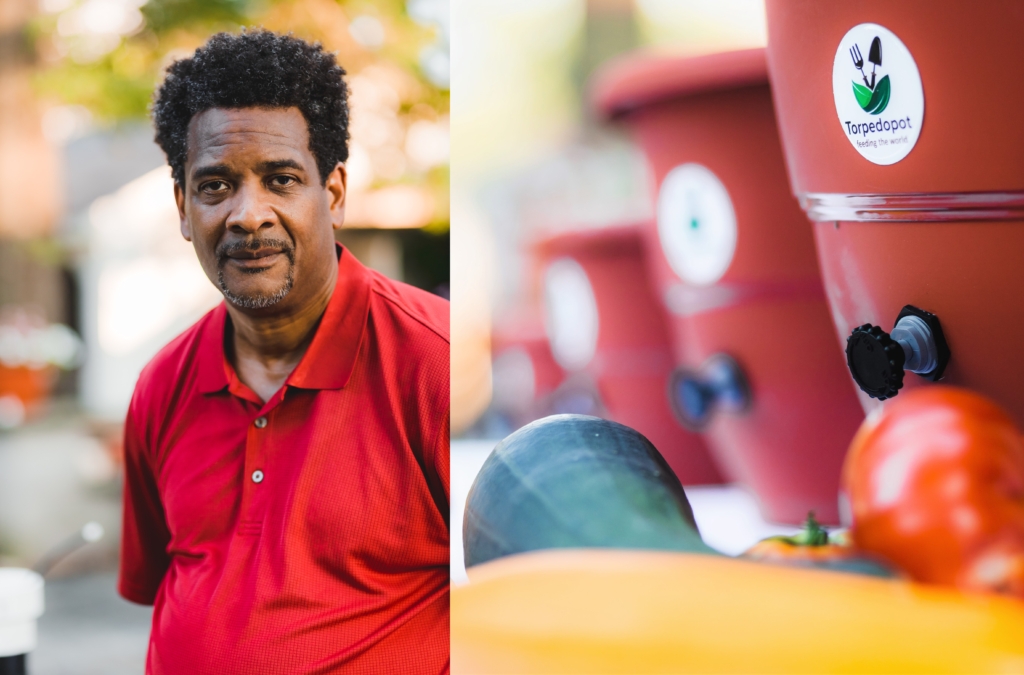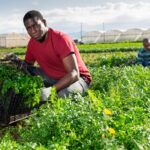If your plants have outgrown their pots or require frequent watering, it might be time to repot them. Depending on how actively they grow, in order to keep your houseplants healthy, you need to repot them every twelve to eighteen months.
Repotting your plant might sound tricky and daunting, but don’t worry! Here’s a step-by-step guide that can help you along the way.
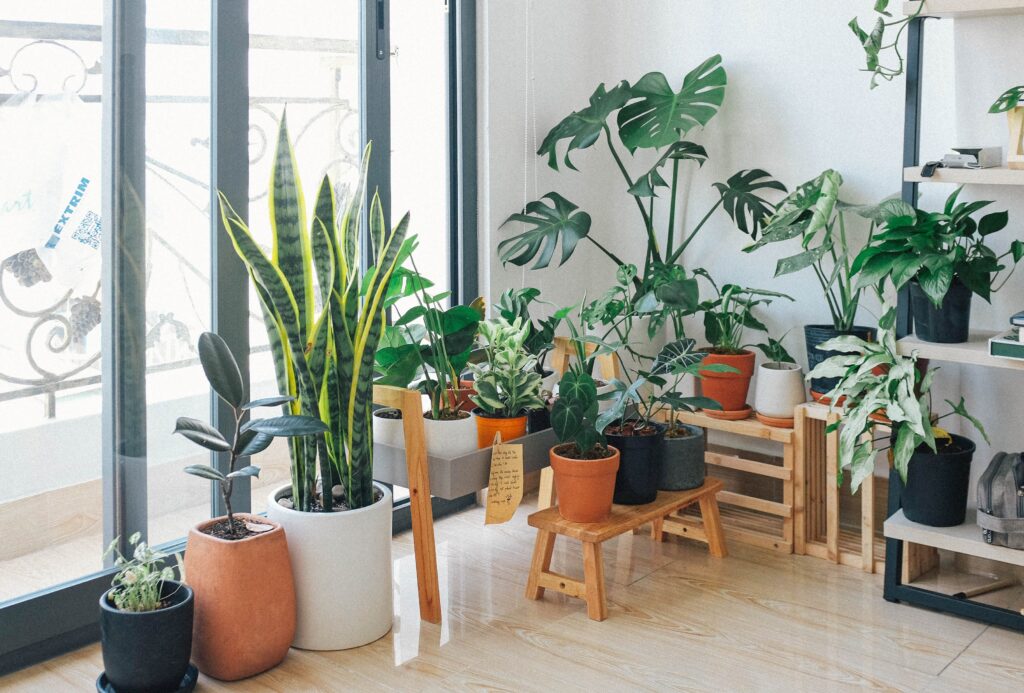
Steps to Repot Your Houseplant
We recommend that you repot your houseplants right before the start of Spring, before summer growth. Following these three simple steps should help you successfully repot your plant.
1. Remove Your Plant from its Current Pot
On the day before repotting, water your plant well. A healthy, well-fed plant will adapt to new environments better than an underfed, dry one. The next day, you can remove your plant from its pot and loosen its roots.
We recommend that you turn over your pot and tap the bottom until your plant slides out. If your plant resists, you can gently tug on the stem base until it eases out.
When you loosen the root ball, be gentle with it so you do not cause any root damage. Make sure you remove rotting or dead roots and prune any long, thread-like roots. If you have a root-bound plant, unbind the roots slowly and trim them.
2. Potting Mix – Remove the Old, Add the New
Usually, repotting involves replacing the potting mix and doesn’t always mean that you have to change your planter. Unless your plant is too big for its container or you have a root-bound plant, you don’t have to repot it into a larger planter.
However, if you do need to repot it into a bigger planter, remember to only move one size up. Moving up in size too quickly can cause more harm than good to your plant’s long-term health.
If you’re sticking with the old pot, you can remove more than one-third of the potting mix and replace it with a fresh layer of potting soil. You can add potting soil directly into the planter if you’re shifting your plant into a new one.
Center your plant and set it an inch or two below the rim of your container. Ensure that you don’t repot your plant too deep, as it requires more space for its roots to grow. Add more planting mix around the plant until it’s secure. Don’t pack your soil too tight as your roots require room to breathe.
3. Water Your Plant Well
After you finish repotting your plant, pat down and even out the soil on top. Water it thoroughly until you notice liquid seeping from your planter’s drain holes. Your plant requires plenty of moisture to recover from the move. Watering also better helps the soil settle around your plant’s roots.
If some of your plants are too large to repot, you can remove a few inches of soil and replace it with new compost. Also, keep in mind that most store-bought potting mixes and compost have fertilizer included. So you don’t have to fertilize a freshly-repotted plant for the first six weeks.
If you’re interested in expanding your family of plants, Torpedopot can help set you up with a self-growing garden. If you have further questions for us, contact them at 215-290-9013 or online.

